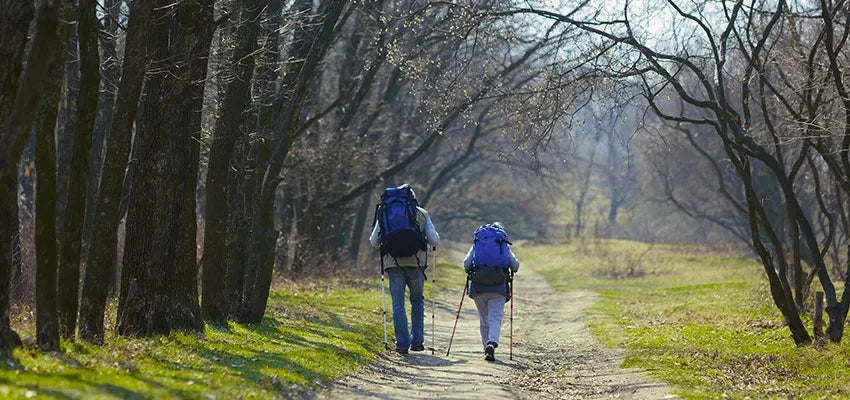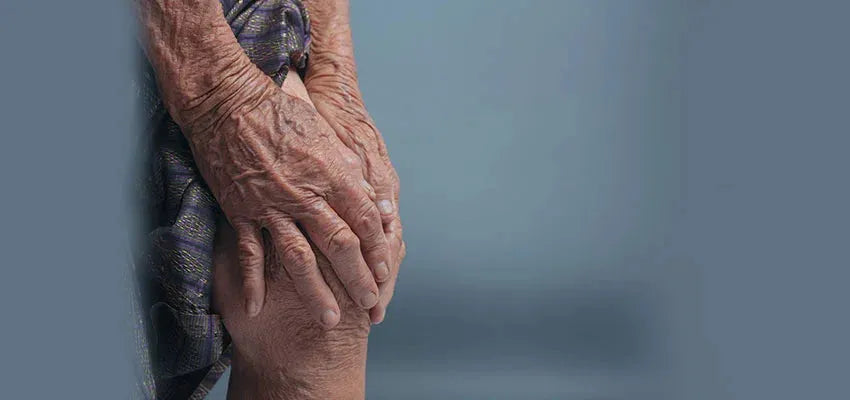
Active Lifestyle Slows Down Aging
Aging is defined as the persistent decline in the physical and mental activity of an individual over time. Individuals who remain inactive and lead a sedentary life may have greater chances of aging early than those who remain physically active. According to the latest research, staying physically active may help prevent or delay many conditions associated with aging such as high blood pressure, diabetes, heart attack, bone disorders, etc. In this article, we will see how staying physically active and maintaining a proper diet impacts healthy aging.
Tips for healthy aging
A few tips that help in healthy aging include,
-
Eating healthy:
Healthy eating includes a balanced diet as per one’s body’s needs. As we age, our dietary needs also undergo modifications. As a result, having a good diet plan that contains meals with suitable proportions of minerals, vitamins, nutrients, and calories may help in the maintenance of one's health and well-being.
Some healthy eating tips one should remember as they age include,
- Eat three meals without fail in a day and snacks from the five main food categories each day – vegetables, lean meats and fish, grains and cereals, fruits, and dairy.
- Avoid foods high in saturated fats, such as processed biscuits, pastries, and fast foods, as well as foods and drinks that are overly sweet or salty.
- Prefer proteins (meat, fish, and beans) and dairy over carbohydrates if you have trouble eating.
- Drink enough water (at least 6 to 8 glasses) to avoid dehydration in the body.
-
Staying physically active:
Physical activity aids in improving one’s stamina and maintains healthy bones, muscles, and joints. It also helps in improving balance, coordination, breathing, circulation, and mental activity. Individuals who indulge in physical activities on a regular basis may usually have a lower risk of developing any health-related issues such as obesity, heart disease, muscle weakness, etc.
If one has not been active for longer periods and is willing to start again, it is advised to start slow and later work up towards your goal. A few exercises that may help one keep themselves active include, - Aerobics – It improves physical fitness by raising heart rate and increasing the body's utilization of oxygen. A few aerobic exercises include walking, swimming, jogging, skipping, etc.
- Yoga – It involves activities majorly associated with body postures. It helps in keeping your back and joints healthy, thereby improving overall posture, while also strengthening your muscles and mental well-being. A few examples of yoga poses include child’s pose, plank pose, cobra pose, tree pose, etc.
- Muscle-strengthening – It involves activities that are associated with the movements of the body’s muscles, thereby strengthening them. A few examples of simple muscle-strengthening exercises include sit-ups, front and backstepping, pelvic floor training, etc.
- Balancing – It involves activities related to body balancing, thereby preventing sudden falls or coordination errors in the body. A few examples of balancing exercises include toe raising, hip extension, balance walking, coordination exercises, one-leg stand, etc.
-
Maintaining an ideal weight:
Being underweight or overweight can both cause health problems, that can limit physical activity and speed up the aging process. Thus, keeping a healthy and ideal weight as per the height and age is essential for delaying the onset of aging. -
Having adequate sleep:
Sleep deprivation is a major contributor to the aging process. Individuals who sleep less than the recommended hours are usually exposed to health-related issues at an early age in their life. According to the Centres for Disease Control and Prevention, about 7 to 9 hours of sleep is recommended for individuals reaching 40 years and beyond. -
Keeping the mind active:
There are plenty of activities that keep one’s mind young and active such as memory games, reading, learning new skills, playing chess, Sudoku, etc. All these activities play a strong role in an individual’s ability to appreciate life> -
Having a positive outlook:
How one perceives things will help them shape their world. Therefore, having a positive attitude towards life’s experiences may help one escape unnecessary stress and anxiety, which otherwise may result in problems associated with health and individual well-being. -
Participating in activities that one enjoys:
Individuals engage in various activities to achieve feelings of fulfilment. Few people, for example, enjoy socializing with their friends, whereas others may enjoy gardening, or maybe cooking. Choosing activities that keep one happy and motivated, allows one to live life to the fullest. -
Regular health screening:
After reaching a certain age, say 40 years or more, one must go for regular screening of their health as a preventive measure to avoid missing any early signs of contracting any health issues that may affect their aging process. It is advised to go for a complete body check-up every once in a year.
Advantages of staying active:
There are numerous advantages to staying active. Some of these may be:
- It helps keep one’s weight under check.
- It helps in combatting health-related issues such as high cholesterol, high blood pressure, etc.
- It helps relieve one’s mood by reducing stress.
- It helps boost the body’s energy.
- It helps promote better sleep.
- It helps in sparking back one’s sex life.
Physical activities and exercises are always a better and more recognized approach to feeling better, both physically and emotionally. If you have been inactive for a long period, it is best to start slowly and then stick to the routine. However, it is recommended to seek professional advice before beginning any physical activities to improve aging conditions.


